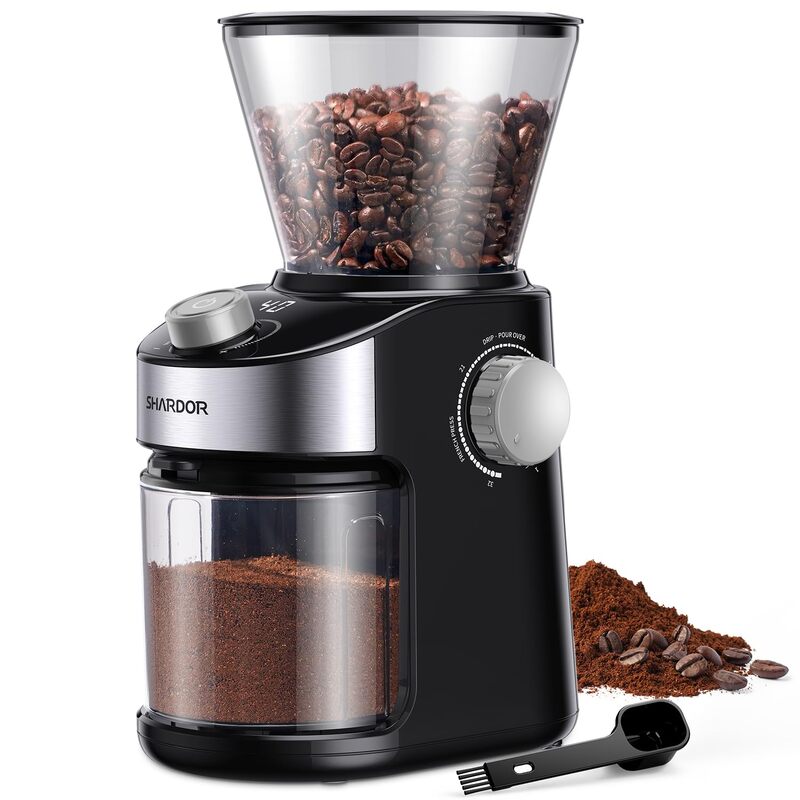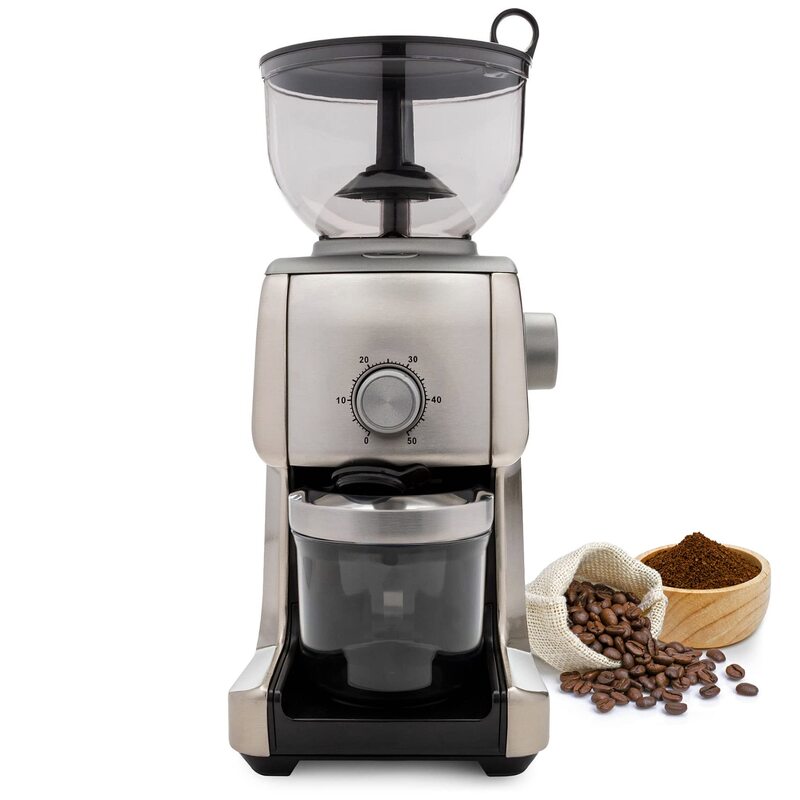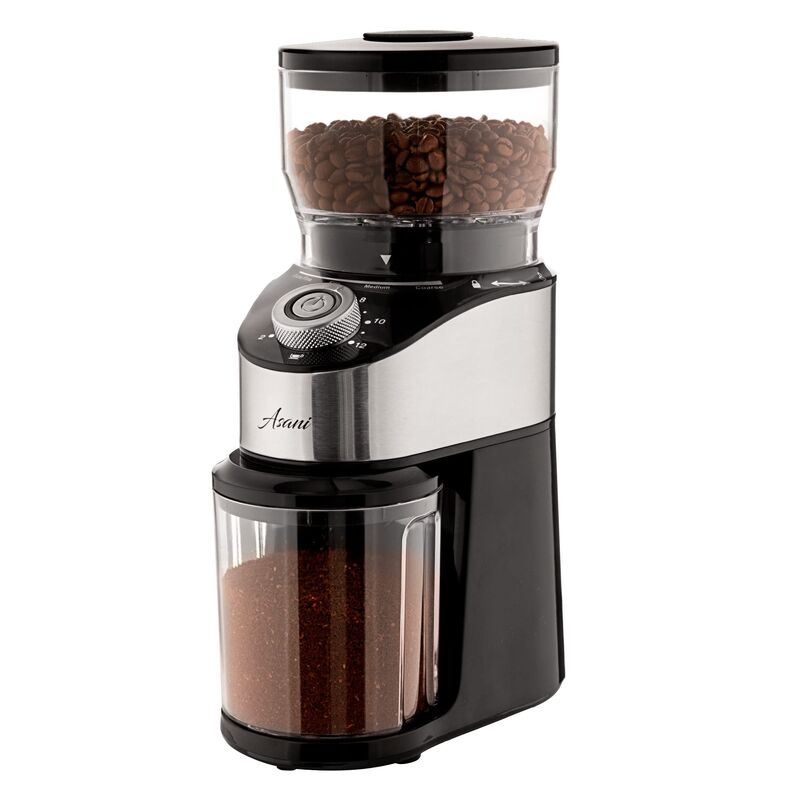When it comes to brewing the perfect cup of coffee, the tools you use play a crucial role. One of the essential tools is the coffee grinder. However, many coffee lovers face a significant challenge: static electricity. Static can create a mess, leaving an unwanted coating of coffee grounds in your grinder and workspace. Thankfully, there are effective hacks to eliminate this issue. In this article, we’ll explore various methods to combat coffee grinder static and enhance your coffee-making experience.
Understanding the Source of Static Electricity
What Causes Static Electricity in Coffee Grinders?
Static electricity is a common phenomenon. It occurs due to friction between different materials. When you grind coffee beans, the grinding process creates friction. Consequently, this friction charges the coffee grounds. These charged particles cling to the grinder’s walls and your workspace. Hence, you end up with a static charge that is difficult to manage. The primary culprits are the dry coffee beans and the material of the grinder itself.
Moreover, environmental factors also contribute to static buildup. For instance, low humidity levels can exacerbate the problem. In dry climates or during winter months, static electricity becomes more pronounced. As a result, your coffee grinder may create a messy situation every time you grind. Therefore, understanding the causes of static is the first step in implementing effective solutions.
How to Identify Static in Your Grinder
Recognizing static in your coffee grinder is quite straightforward. If you notice coffee grounds clinging to the grinder’s walls, you likely have a static issue. Additionally, if you find grounds scattered around the countertop, static is likely the cause. Another indicator is the way the grounds behave. If they seem to jump or fly out of the grinder, that’s a clear sign. Regularly checking for these signs can help you maintain a cleaner coffee experience.
It’s essential to take these indicators seriously. Not only does static create a mess, but it can also affect the grind consistency. Ultimately, this can impact flavor extraction during brewing. Therefore, paying attention to static buildup in your grinder is crucial. It might seem minor, but addressing it can elevate the quality of your coffee.

Effective Coffee Grinder Static Hacks
Pre-Grinding Methods to Reduce Static
Before grinding your coffee beans, consider some pre-grounding techniques. The primary approach involves slightly moistening the beans. To do this, lightly sprinkle a few drops of water onto the beans. This humidity helps reduce static by allowing the grounds to stay compact. Consequently, this method prevents them from flying around during the grinding process. However, be cautious not to oversaturate the beans, as excess moisture can affect the coffee’s flavor.
Another effective pre-grinding hack is using a metal container for grinding. Metal surfaces have better conductivity than plastic. This allows static electricity to dissipate more effectively. If possible, transfer your beans into a stainless steel container before grinding. The metal will help reduce static buildup, promoting a smoother grinding experience. These methods can be simple yet effective steps to minimize static prior to grinding.
Grinding Techniques to Minimize Static
Once you’ve prepped your beans, consider refining your grinding technique. Instead of grinding all at once, consider grinding in shorter bursts. This technique breaks the grinding process into smaller intervals. Doing this helps the grinder dissipate static more effectively. Subsequently, this reduces the chance of coffee grounds sticking to the walls or flying out.
Using a coarser grind setting can also help. Finer grinds are more prone to static due to their lightweight nature. Conversely, coarser grinds generate less static while still providing good flavor extraction. This simple adjustment can make a noticeable difference in the amount of static you experience. By combining various grinding techniques, you’ll set yourself up for success.
Post-Grinding Solutions for Static
Cleaning Your Grinder Regularly
After grinding, it’s essential to clean your grinder regularly. Static can linger if you leave old coffee grounds inside the grinder. To maintain cleanliness, make it a habit to empty the grinder after each use. Using a soft brush or a cloth, remove any residual coffee grounds. This practice ensures that static doesn’t accumulate over time, providing a more efficient grinding experience.
In addition, consider deeper cleaning methods occasionally. Disassembling your grinder allows for more thorough cleaning. While doing this, check for any static-causing materials. For instance, if your grinder has plastic components, consider using anti-static products. Regular maintenance can drastically reduce static buildup and keep your grinder in prime working condition.
Using Anti-Static Products
For more persistent static issues, consider using specialized anti-static products. Various sprays and wipes are available, designed to minimize static on different surfaces. These products work by coating the surfaces to prevent the buildup of static electricity. Make sure to choose a product specifically meant for kitchen appliances. Using these can create a significant difference in your coffee grinding experience.
It’s also worth noting that some techniques combine well with anti-static products. For example, moistening beans while also using sprays can yield even better results. Both methods tackle static from different angles. Thus, you can effectively combat static electricity in multiple ways. Don’t hesitate to explore different products and techniques to find what works best for you.

Exploring Alternative Grinding Options
Manual vs. Electric Grinders
When addressing static electricity, consider your grinder’s type. Manual grinders, such as hand mills, generally produce less static than electric units. This is because manual grinders utilize friction differently. Meanwhile, electric grinders create more friction, leading to increased static. If you’re struggling with static in your electric grinder, perhaps exploring a manual grinder can be beneficial.
Additionally, manual grinders offer other advantages. They often allow for more control over grind size and consistency. If you enjoy experimenting with different brewing methods, a manual grinder might be perfect for you. Evaluating your grinding experience could lead to better results not just in static reduction, but also in flavor clarity.
The Role of Materials
Consider the material of your grinder when it comes to static electricity. Grinders made from stainless steel or ceramic typically produce less static. In contrast, plastic grinders are more prone to static buildup due to their insulating properties. If you find yourself consistently dealing with static, it may be worth investing in a different grinder.
Upgrading to a grinder made from more conductive materials can drastically reduce static problems. While the initial investment may seem larger, the long-term benefits will outweigh the costs. Not only will you address static issues, but you may also enhance your coffee grinding overall.
The Importance of Humidity Levels in Your Kitchen
How Humidity Affects Static Electricity
The humidity in your environment plays a critical role in static electricity. In dry conditions, like during winter months, static electricity tends to spike. This is especially true when it comes to coffee grinders. Low humidity causes the electrons to become more mobile, which increases static buildup. Thus, monitoring your surroundings could provide an effective, general solution for static issues.
In contrast, higher humidity levels help ground electrical charges. This means that maintaining a more humid environment can lead to less static. Keep in mind that excessively humid conditions can have their downsides. However, a balanced humidity level ultimately contributes to a more pleasant coffee grinding experience.
Ways to Increase Humidity in Your Kitchen
If you’re struggling with static due to low humidity, consider investing in a humidifier. These devices can help maintain a consistent humidity level in your kitchen. While there may be an initial upfront cost, this investment pays off. Not only will you reduce static, but it can also benefit your skin and overall health.
Another simple method involves placing bowls of water around your workspace. This is a low-tech yet effective way to increase humidity. As the water evaporates, it adds moisture to the air. Combined with other static-reduction methods, these strategies will foster a much cleaner, efficient coffee grinding environment.

Conclusion
Static electricity can be an annoying challenge when it comes to coffee grinding. However, a variety of effective hacks and solutions exist. From understanding the source of static to exploring alternative grinders, you can take actionable steps to minimize its effects.
Implementing pre-grinding methods can help address static before it even starts. Moreover, refining your grinding techniques can yield significant results. Post-grinding cleaning and using anti-static products ensure continued success in managing static.
Consider the type of grinder you use, as it plays a role in static buildup too. Furthermore, maintaining an ideal humidity level can further assist in your static battle. By embracing these techniques, you’ll cultivate a seamless coffee-making experience, ultimately leading to a better brew. Enjoy your coffee adventures!
